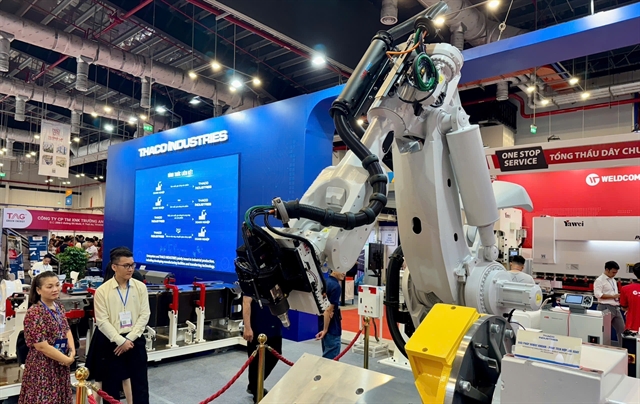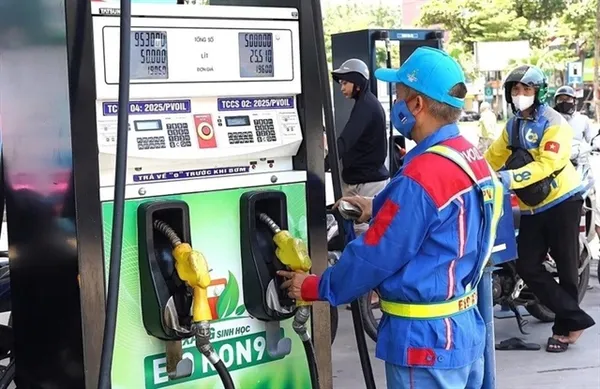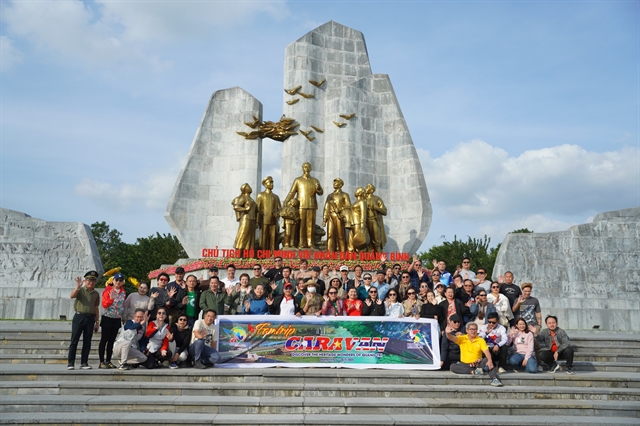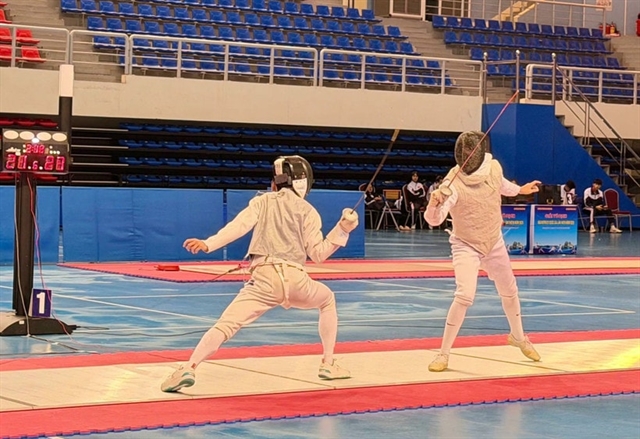 Economy
Economy

Vietnamese leather and footwear firms are implementing new production and business strategies to make the most of the opportunities provided by free trade agreements (FTAs), especially with Eurasia.
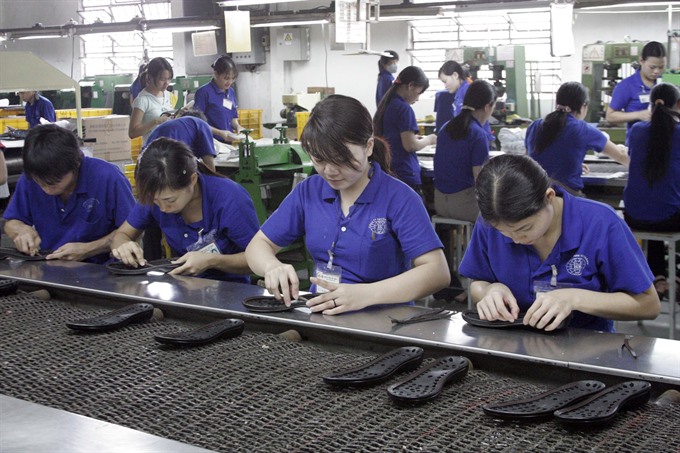 |
| Domestic leather and footwear companies have revamped their production operations to increase productivity and improve quality, even as they expanding business. — Photo tapchitaichinh.vn |
HÀ NỘI — Vietnamese leather and footwear firms are implementing new production and business strategies to make the most of the opportunities provided by free trade agreements (FTAs), especially with Eurasia.
The agreement between the Eurasian Economic Union (EAEU) and Việt Nam came into effect last month.
A representative of Ladoda JSC said the company has imported leather, equipment and machinery from India at zero per cent duty and is seeking foreign partners, including from Mexico. Ladoda has been exporting handbags and backpacks to the EAEU member countries, and it has now created 20 new designs for other markets in 2017, the representative said.
Phan Thị Thanh Xuân, general secretary of the Việt Nam Leather, Footwear and Handbag Association (LEFASO), said the localisation rate of the leather and footwear sector is about 40-45 per cent, while materials account for 68 to 75 per cent of footwear prices.
Once all the FTAs come into force, foreign investors will focus on material production so as to enjoy tax benefits offered on the basis of product origin. Meanwhile, Vietnamese firms are expected to raise their localisation rate and reduce their dependence on imports. Domestic leather and footwear companies have revamped their production operations to increase productivity and improve quality, even as they expanding business.
At the same time, investors from countries and territories such as mainland China, Japan and Taiwan have also built plants in Việt Nam to make the most of opportunities afforded by the FTAs. Foreign direct investment (FDI) businesses, which now make up more than 70 per cent of the sector’s export turnover, are said to benefit the most from the deals.
Like garments and textiles, Vietnamese footwear will enjoy zero per cent tax in the EU and EAEU markets for seven years once the FTA is in effect. However, Xuân said, once the markets open up, any business that meets market requirements can benefit from the pacts.
Apart from the opportunities, the deals are also creating new challenges for the Vietnamese leather and handbag sector. The high labour rate for leather products and handbags of 70 per cent, has lowered profits and made the businesses less dynamic. Besides, technical barriers imposed by the EU and EAEU, together with commitments of social responsibility, environmental protection and procedures to enjoy tax preferences, will increase business costs.
Against this backdrop, the LEFASO has suggested that local enterprises roll out their own strategies and solutions in order to churn out high-quality products that can gain them a firm foothold in the home market and compete with their rivals in foreign markets. The association has also called for more tax and land incentives to encourage more investments in the sector. — VNS

